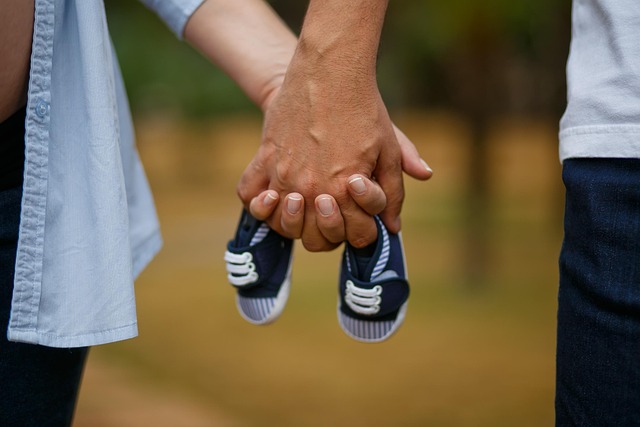When it comes to comforting little ones, many babies develop a special bond with a comfort object, often referred to as a transitional item. This might be a cherished stuffed animal, a favorite blanket, or even a random household item like a pacifier or an empty bottle. If your older baby has latched onto a comfort object, they’re among the 60 percent of babies who do so by around nine months of age. Some kids may not form such attachments, and that’s perfectly okay, too!
Why Do Some Babies Develop a Comfort Object?
Around the nine-month mark, significant changes are happening in your baby’s mind. They begin to recognize themselves as individual beings, separate from their caregivers. This awareness can lead to feelings of anxiety or stress, especially when they realize that mom or dad might not always be right there for snuggles. A small, soft object can provide a sense of security during these moments. For instance, if your child becomes attached to a plush bunny, it’s more than just a toy to them; it’s a source of comfort that helps them navigate the complexities of their emotions.
When the time comes for your child to part ways with their comfort object, it can be a delicate process. Gradually introducing them to the idea of letting go can help ease the transition. You might want to check out our detailed guide on how at-home insemination works at Make a Mom, which offers a unique perspective on nurturing relationships.
Moreover, if you’re curious about the emotional and physical changes during pregnancy, you can read about understanding brown discharge during pregnancy on our related blog post. This insight can be particularly useful for parents-to-be who are also navigating the world of comfort items with their little ones.
As you prepare for your child’s transition, remember that comfort objects can vary widely. While some kids cling to traditional toys, others might find solace in items like cloth diapers or even T-shirts. The key is to understand what resonates with your child.
Additionally, if you’re exploring various paths to parenthood, you might find useful resources on in vitro fertilization at Wikipedia. For more information on home insemination, visit Modern Family Blog, another excellent resource for expecting families.
In summary, the bond between a baby and their transitional object is a natural part of development. Understanding this relationship can help parents support their children during these formative years. If you’re interested in connecting with like-minded individuals, consider joining the Make a Mom community, where you can find support and resources for your journey to parenthood.
